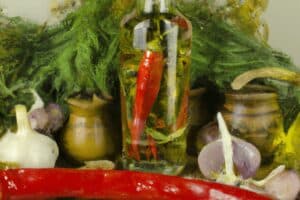Chile de arbol is a small and unassuming chili pepper that packs a serious punch. Many people in the US love Chile de arbol after it came down from Mexico, especially if you like your chillies to pack some heat.
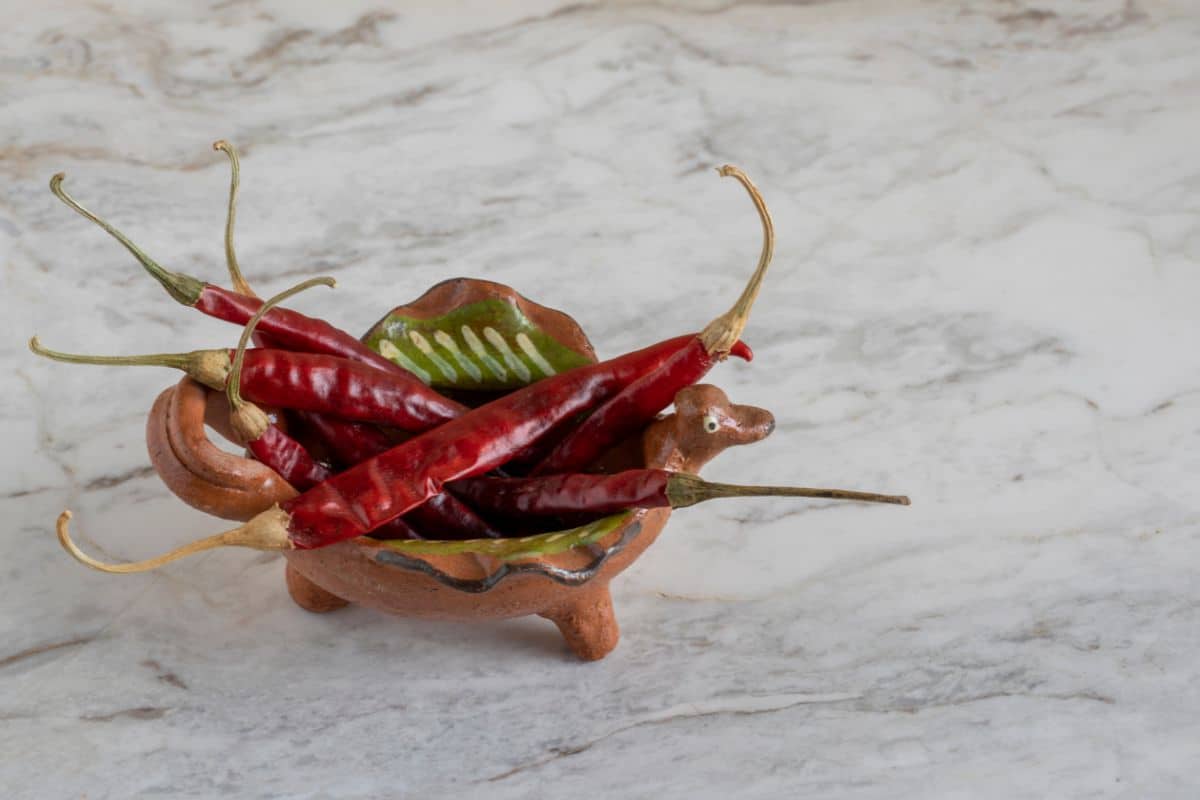
You may be looking for a substitute because you love the chili but have moved a little too far south of the border to find it anymore.
Equally you might be looking for a substitute because chile de arbol is just a bit too spicy for you and you want a chile kick but not with as much spice.
In either case we have the solution and in today’s article we are going to address some ways and ingredients you can use to substitute chile de arbol. Find a substitute for chile de arbol that you love, today!
What Is Chile De Arbol?
Did you know that chile de arbol translates directly to ‘tree chili’ and describes how they grow. Chile de arbol is also commonly referred to a ‘bird’s beak chile’ or even ‘rat’s tail chile’ which refers to the morphology of the fruit.
In terms of their morphology, this capsicum annuum variety can be between 5 and 7.5 inches in length and only about 1 cm in width. While this chili is small it packs a serious punch at between 15000 and 30000 scoville units.
At this level of heat you would be forgiven for finding it too hot for a western pallet, but across the world it is enjoyed by spice lovers.
They turn a deep and bright red color as they mature and when they are dried whole they don’t actually lose any of their red color. As a result they are popularly used decorations in Mexico on wreaths.
Substitutes For Chili De Arbol
We are going to provide a few different substitutes you can find for chili de arbol, some with a lighter spice, and some that can match and even exceed the heat of this unassuming chili.
1. Chili Guajillo
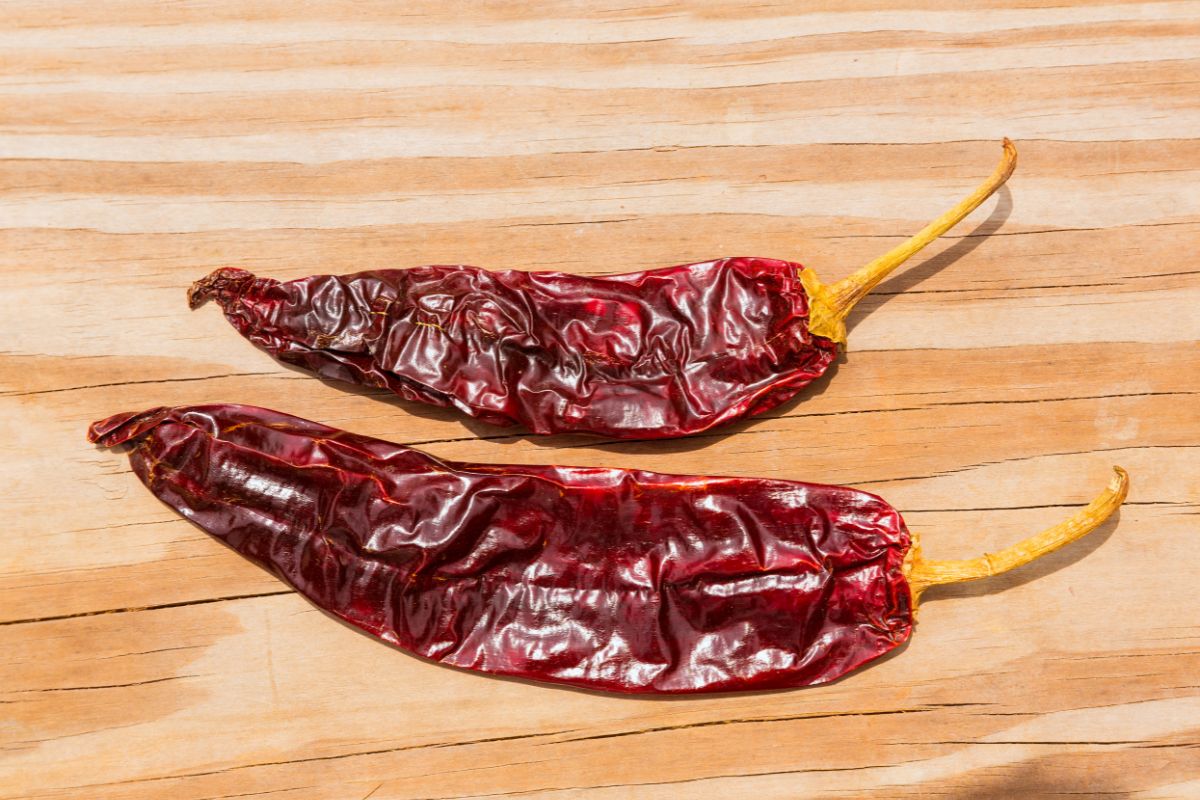
The Guajillo chili is quite similar to the chili de arbol in terms of its flavor, but quite different in other ways. Chili Guajillo is usually sold in its dried format where its flesh becomes a chocolate brown color that is quite dark.
As a result it is often used in stews, sauces, and broths in order to add its unique flavor. The flavor of chili de arbol is similar to chili guajillo, both having a fruity and earthy flavor, while the former has a lot more spice.
Chili guajillo is spicy but nowhere near as spicy as chili de arbol so if you want something similar without so much spice this is a really worthwhile option to enjoy in any Latin dish.
As a result chili guajillo has a scoville measurement of only 2500 – 5000 scoville units which is a decent amount but more than half of chili de arbol with many of the same flavors. If you want to really sample the flavors of a chili without the spice, guajillo is a good variety.
2. Chipotle Chili
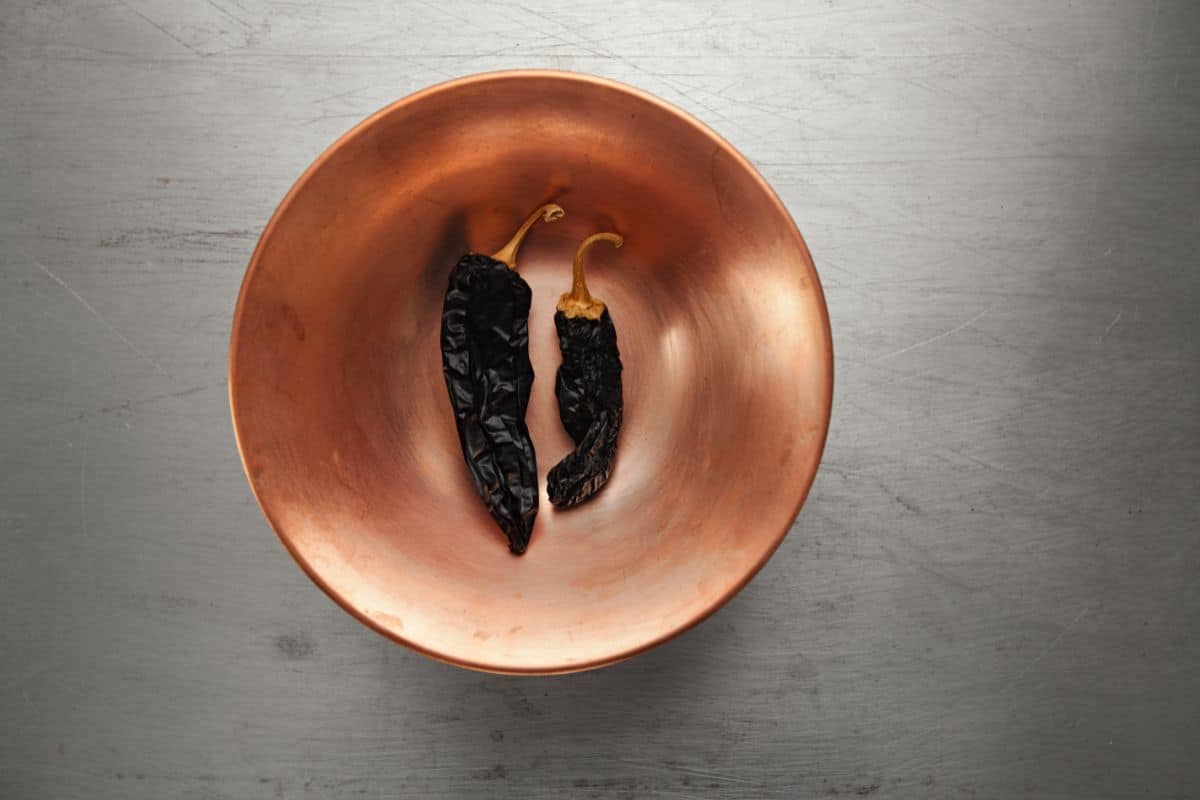
Most Americans may recognize the name Chipotle from the eponymous Mexican fast food restaurant that is beloved in the US and globally. But did you know that the chipotle chili is actually a smoke dried version of a jalapeno pepper?
This simple fact can come as a surprise to many. In any case, this is another pepper that is similar to chili de arbol with some added flavors. As a chipotle chili is a smoke dried chili it has that smoked flavor that is sought after in much Mexican cooking.
This flavor is pleasant and brings something that chili de arbol doesn’t. If you can only find chipotle chilis then they can be a great substitute for a chili de arbol.
With this said, a chipotle chili can be around 2500 – 8000 scovilles which means it can be as hot as jalapeno, but is spicier than guajillo but still much less spicy than chili de arbol.
3. Ancho Chili
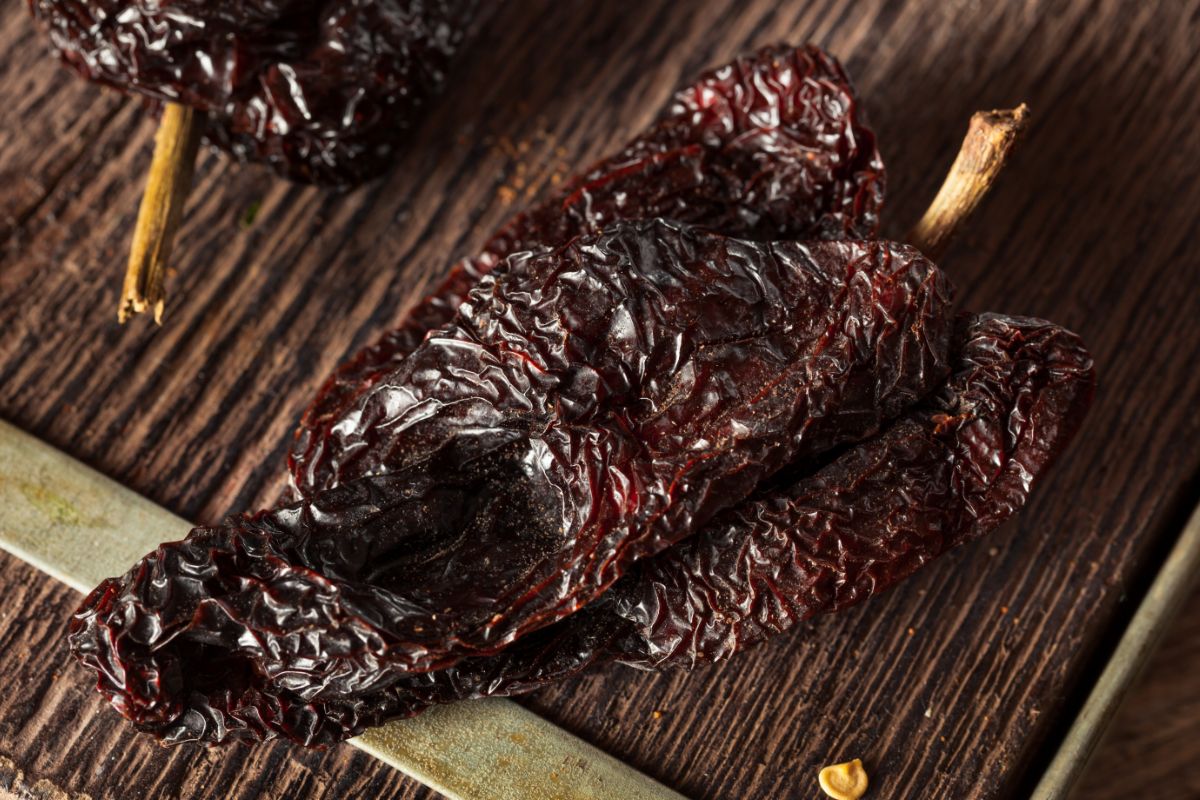
If you are particularly averse to spiciness but do really enjoy the flavors that a dried chili can bring to a dish, it can be worth considering the ancho chili.
Like the chipotle chili, many people may use ancho chili without realizing it is simply a Poblano pepper – many people think they are separate things but they are merely two forms of the same chili pepper.
The ancho chili is commonly used in mole sauces where the chili can bring color, fruitiness, and a little spice. When dried their original green color can become quite dark and they can seem black.
While there is lots of chili flavor contained in this chili pepper, it is pretty low on the space scale. At only 1000 – 1500 Scovilles this is a pretty mild chili pepper but has many uses in the kitchen and in Mexican cuisine.
4. Aleppo Pepper
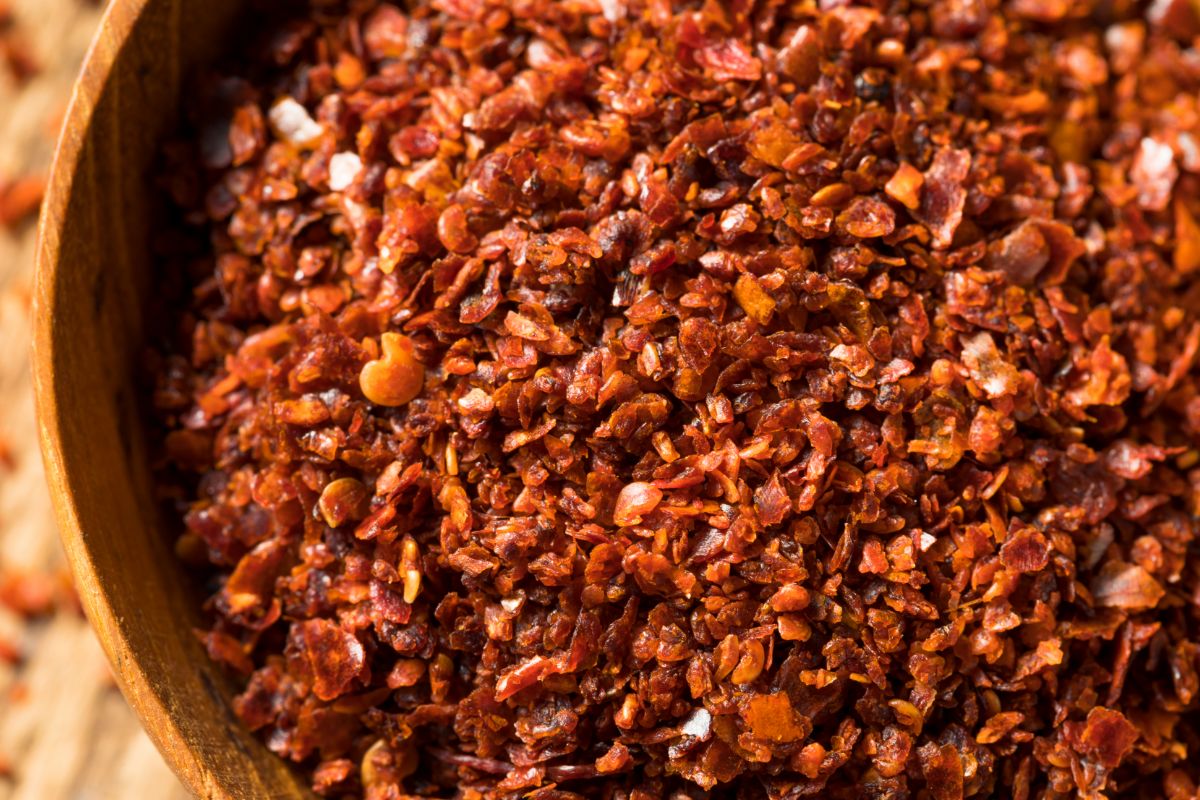
Showing the botanical versatility of Capsicum annuum, here’s chili from the Middle East and Mediterranean. While it grows in a completely different area to chili de arbol, it’s actually quite similar and offers some interesting spice levels as well as flavors.
In Turkey, pul biber, the dried and powdered version of Aleppo pepper, is the third most used spice behind only salt and pepper.
In terms of how it relates to chili de arbol, the Aleppo pepper can have a similar scoville rating of 10,000 units, which means it can be pretty spicy.
The flavor of the pepper is pretty similar to the ancho chile but is often much saltier as a product of the drying system used. It has a sweetness but also perfume that is flavorful and tasty, but with the substantial kick of spice you might be looking for.
5. Bird’s Eye Chilli
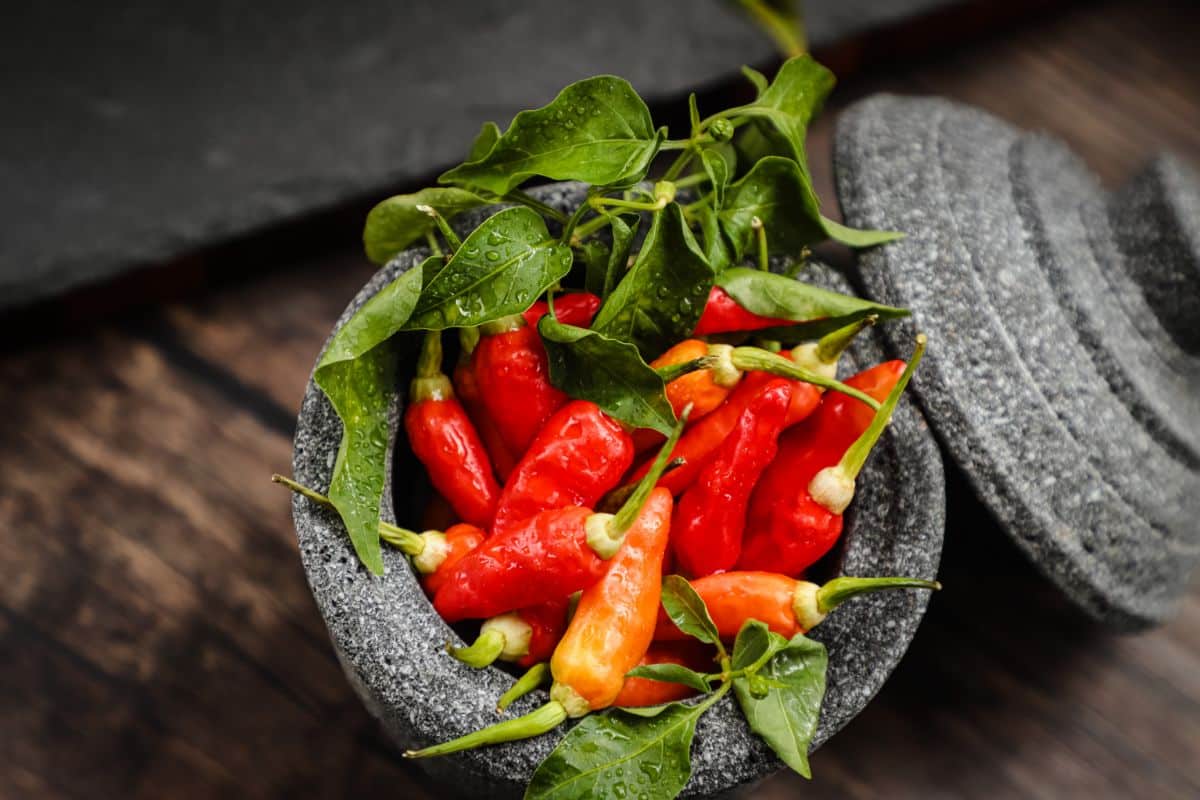
The Bird’s Eye Chili is an interesting chili pepper that is native to Mexico while originating in Thailand. In Thailand it is quite crudely referred to as the mouse dung chili ‘prik ki nu’ which refers to its shape.
The small chili has a very similar morphology to the chili de arbol, it is small and thin with similar measurements. This said, the chili is actually hotter than a chili de arbol if you can believe it.
This might be ideal for those looking for something similar that has the same level of spice, if not more. The bird’s eye chili has a scoville measurement of around 50000 – 100000 which is very hot.
As a result it is used across Thai, Indonesian, Vietnamese and Mexican cooking for its unique heat. It is also popular for its fruity flavor which is present underneath the strong heat.
Final Thoughts
What should be clear is that chili de arbol is a popular chili as a result of its spice but also its flavors. For many it can be a little too spicy, and when this is the case there are subs out there which have a similar flavor without the heat – such as Chipotle or Ancho chile.
For those who want something a little spicier but with similar flavors the Aleppo pepper or bird’s eye chili is worth looking into. Any of these peppers are great to use for a whole bunch of dishes and cuisines, particularly if you are making Mexican food.
Mexico is where a lot of chilis will grow naturally, both spicy and fruity, so a lot of their cuisine is based around different chillies and their usage. As the US is so close to Mexico, basically the closer you get to the border more chilis become available.
Nearly all of these chilis, but definitely some of them, will certainly be available in your local grocery store or even in a latin market.



